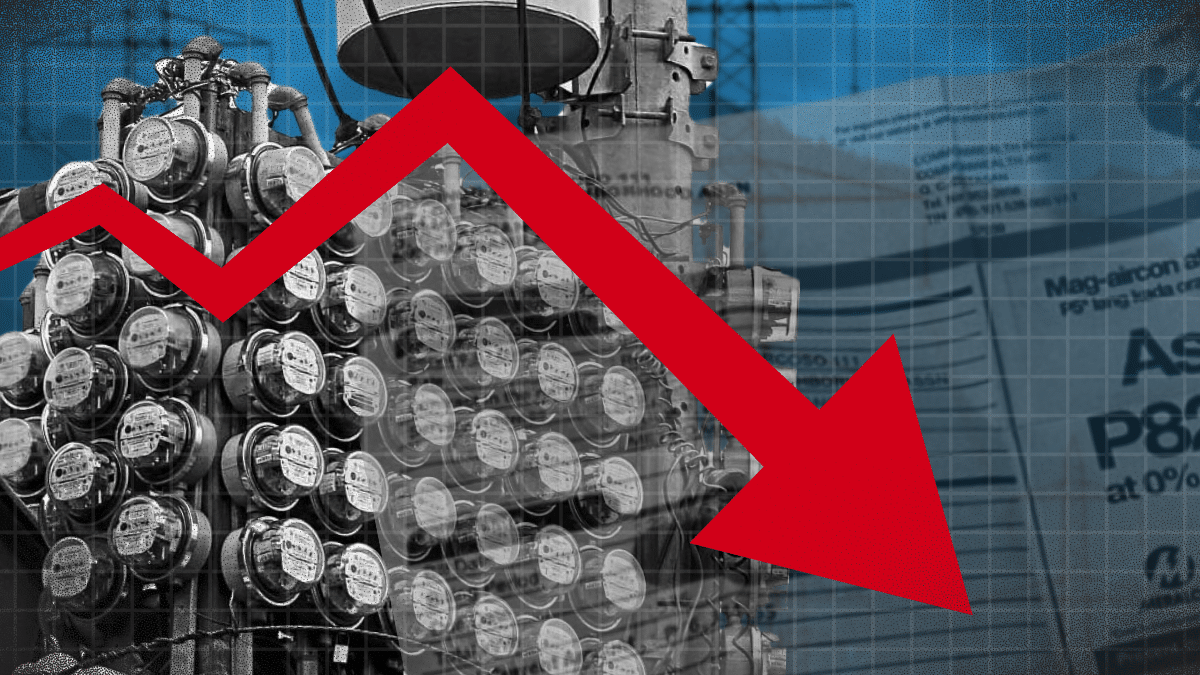Electricity spot prices ebbed in August

INQUIRER FILES
The average price of electricity traded at the country’s power spot market dipped slightly in August, according to the Independent Electricity Market Operator of the Philippines (IEMOP).
The operator of the Wholesale Electricity Spot Market (WESM) on Tuesday released data covering the billing period from July 26 to Aug. 25.
Based on IEMOP’s report, the average electricity spot price systemwide showed a 0.4-percent or three-centavo decrease to P5.94 per kilowatt-hour (kWh) from the previous month’s P5.97 per kWh.
READ: Meralco power rates up 3¢/kWh in August
This, despite demand rising by 1.4 percent to 14,186 megawatts from the 13,989 MW logged in July when all major grids — Luzon, Visayas and Mindanao — booked higher demand.
Article continues after this advertisementThe volume of supply available in August, however, also rose by 4.5 percent to 19,718MW from the previous 18,867 MW.
Article continues after this advertisement“Despite the increase in demand, available supply is higher for this specific billing period hence, there is a wider supply margin mainly because the hydro power plants’ contribution has increased from 6.7 percent (in July) to 10 percent (in August),” said Arjon Valencia, corporate planning and communications manager of IEMOP.
Across the three main grids, only Luzon posted an increase in the spot prices at P6.24 per kWh, or 5.5 percent higher from P5.92 per kWh.
Demand in Luzon likewise inched up by 0.4 percent to 10,180 MW while the supply went up by 2.4 percent to 13,657 MW.
The Visayas grid, on the other hand, saw lower spot prices that settled at P6.93 per kWh, down 7.6 percent from P7.50 per hWh.
Demand and supply in the Visayas rose to 1,982 MW and 2,268 MW, respectively.
Meanwhile, Mindanao logged the highest drop in prices, plunging by 27.8 percent to P3.37 per kWh against the P4.67 per kWh a month earlier.
Demand in Mindanao rose by 3.7 percent to 2,025 MW while supply jumped by 10.9-percent to 3,794 MW.
Players in the energy sector as well as government officials and the IEMOP itself, earlier said that the country usually sees weaker demand during the rainy season compared to summer months when Filipinos experience warmer weather that leads to a spike in electricity consumption.